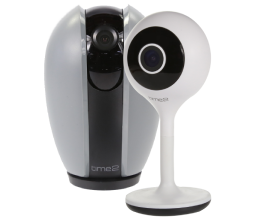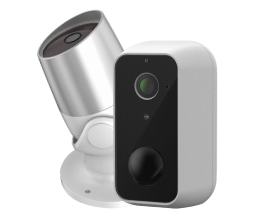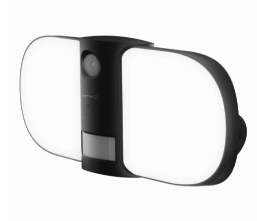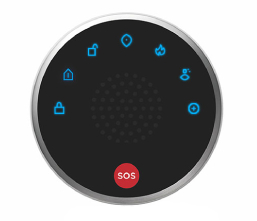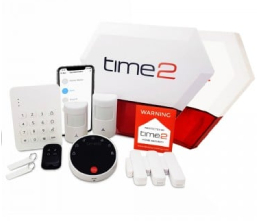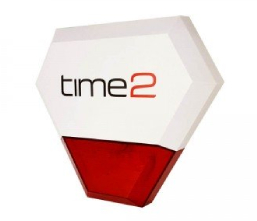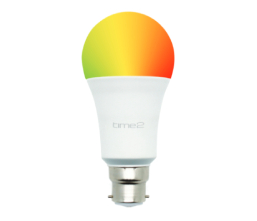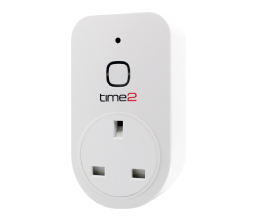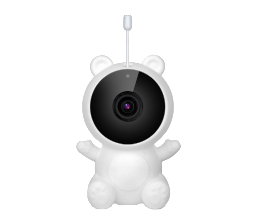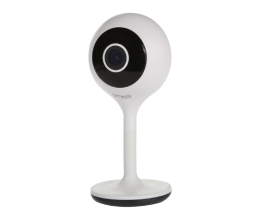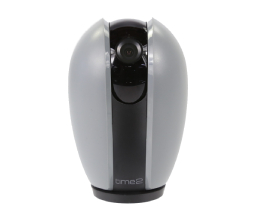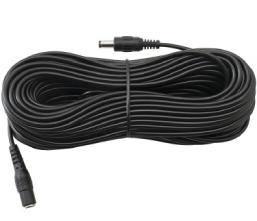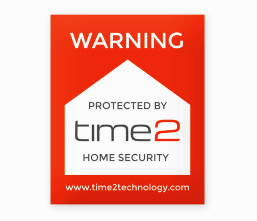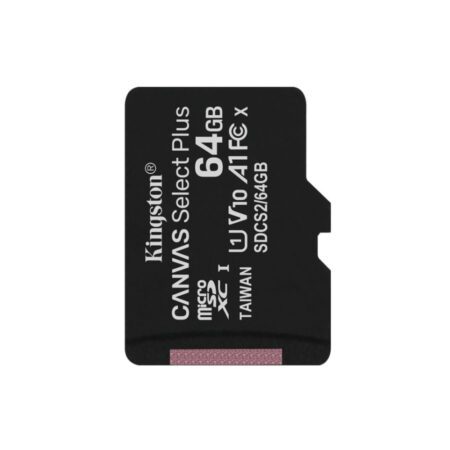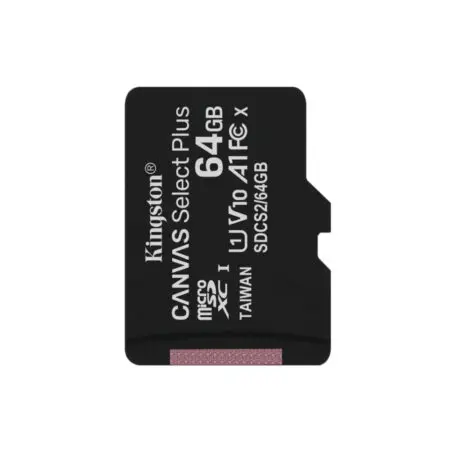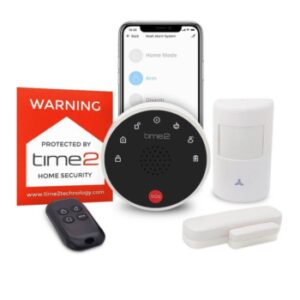With the growth of smart homes, our devices are becoming increasingly connected in never-before-seen ways. It is now possible to remotely control thermostats, vacuums, kettles, pet feeders, door locks, and security cameras. More items are being added to the lineup all the time.
Better yet, the price for all these interconnected items is steadily falling, whilst the amount you can do with them is growing.
.Thanks to the internet, it has become a breeze to set up home security and remotely monitor your home. Smart security systems are easy to install and can be customised to perfectly suit your needs.
There are dozens of well-respected brands on the market to choose from. Whilst some will create an isolated set-up via their brand app, most will allow you to also connect to Google Assistant or Alexa, to allow voice commands and home automation. You can choose to add indoor and outdoor security cameras, video-enabled doorbells, and motion sensors.
Picking Your Home Security Sensor Systems
Entry-level systems begin with door and window sensors, motion detectors, and cameras that cover any part of your property. You will want to ensure that all the devices are compatible, as not all systems use the same wireless protocols. Most devices are available with Wi-Fi connectivity, but some may have their hubs and won’t work with additional devices that you hope to add to the system. The easiest way to ensure full compatibility is to look for a complete kit or a site that will allow you to design your own setup from their range of compatible devices.
Once you’ve ensured that your components are compatible, it will be a breeze to set them up to work together seamlessly. When it is up and running, you can make use of the supplied apps, or additional software like IFTTT, to create home automation rules.
Whilst many cameras can be set to begin recording when they detect motion, having motion detectors as part of your set-up will help prevent any lag, as vital seconds of delay might be enough to miss a trespasser’s face or part of their activity, so don’t dismiss having sensors.
In addition, not everyone is comfortable with security cameras within their house, therefore motion sensors are an alternative that will allow you to receive alerts when motion is detected, set off alarms on your property, or do both.
How Many Sensors Do You Need?
When it comes to sensors, you need to look at both window/door sensors, and motion detectors.
The sensors that are fitted to your windows or doors are created in two parts, one part fixed to your door or window, the other part is fixed to the frame. When the sensors are on and they detect that they have become separated from their other half, an alert will be sent to trigger the alarm and notify your phone. When you arm your house safety alarm system, you will receive alerts if any windows or doors have been left open, compromising your security.
Motion detectors should be fitted into the corner of a room to allow it to have an overview of the entire room. Ideally, make sure that windows and doors are on the opposite walls to the sensor, not underneath it. Once the sensor detects a movement in the room it will trigger an alarm and also alert your phone directly.
If you have concerns about your home security, you may wonder what and how many sensors you need to install. In an ideal world, a window or door sensor on every entrance to your house is necessary, and a room sensor in any room that has a door or window in it would be perfect.
However, we know that isn’t realistic for most people. We would say that a door sensor for all external doors is essential. Review the windows in your property and ensure that you have sensors on anything vulnerable. For example, you could ignore small window openings, but any large window on the ground floor could be vulnerable to burglary. Windows on upper floors are less likely to be used for access to your property.
Do You Need an Alarm?
Whilst being notified by app notification is very useful, when an unexpected event is occurring on your property, a noisy, attention-attracting alarm is exactly what you want. Not only can your security system set off the alarm for a multitude of reasons, such as intruders or a fire being detected, but with your smartphone app, you can remotely trigger the alarm. This is especially handy if your motion detectors outside have sent you an alert and upon reviewing the live video feed you can see someone lingering on your property. Remote control of the alarm also allows you to turn the alarm off without returning to the property if something has accidentally triggered the alarm.
Will a Security Camera Work Instead?
An indoor modern smart security camera can do a lot of the heavy lifting of a security system. Most standalone cameras will allow you to connect them to your Wi-Fi, so you’ll be able to monitor them from your phone or tablet and receive any alerts for any unexpected motion or noise.
Because most cameras have built-in sensors, they will begin recording a few moments after motion begins. This does mean there is a slight lag and a potential to miss part of the action, but if you have the camera covering a wide enough area to ensure that video capture starts promptly, you should be fine. You can avoid this lag by making security cameras work in line with door/window and motion sensors to trigger the camera instantly.
Outdoor cameras are great for monitoring the activity outside of your home. Being weatherproof, they will handle the UK’s changeable weather all year round. You will need to have a power connection fitted, so factor that into your budget because although battery-powered cameras do exist, we don’t recommend them, as there is a strong chance that they will lose power for a while before you remember to change the batteries, leading to a gap in your property’s coverage.
What does a Smart Home Security Alarm in the UK cost?
A full security setup for your home can cost under £500, with integrated alarms and cameras. Some services are sold with monthly subscription fees, whilst others cost only the initial purchase price. Features such as cloud storage for video footage can be one such additional fee. Naturally, these fees do not include the initial product purchases, and the overall cost will depend on how much coverage you need. If you opt for a security set up with built-in video footage for the cameras, you may not have any ongoing costs.
Overall, there is a wide selection of devices for you to consider adding to your security network. With so many options around be sure to carefully research each to make sure that you get the perfect combination of functions to suit you.
Posted on 30th Jul 2021 by ebizadmin
